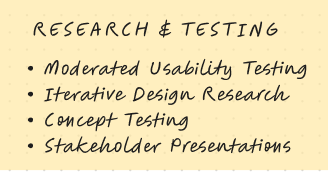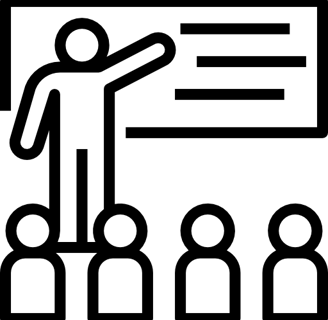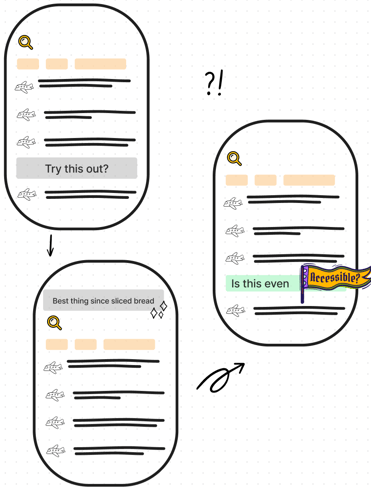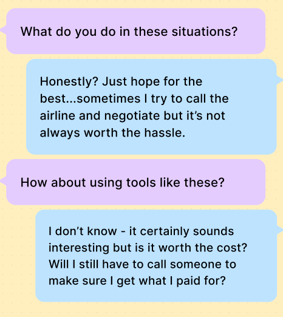Launching a new price change Product for travel
Generative & Design Research
4 - 5 months || Mixed Methods || Lead Researcher
THE PROBLEM:
Savvy travelers wait to book, watching prices and inventory fluctuate, and Expedia loses customers as this waiting game plays out.
130%
10x
Increase in Up-funnel visitor volume
Increase in product add-on rate


Background
Our team wanted to give new life to a product that meant you didn’t have to seek out the “perfect” time to book their flight to make sure they had a good deal and weren’t overspending. Some of the key themes I revisited throughout the process were:
Discovering our users — Who faces this problem? How do they perceive budget, value, and loyalty?
Ecosystem Integration — How would a new product fit in and work alongside the base functionality of the app?
Making better design decisions — Our role is to facilitate seamless decision-making and find optimal placements in the customer journey
An early pilot of this product existed, and was hindered by two key things:
It's value relied on a user's ability to find a better deal
It was difficult to locate on an busy checkout page
Approach
Since this was a product that had previously been ideated, the product team began putting a timeline together based on their proposed adjustments but I pushed for us to have a discovery phase!
So much time had passed between the previous iteration, with teams changing hands, a new competitive landscape, and the availability of data. This drastically impacted our strategy for the redesign for the better.
This also helped me bring our team along for the research process, helping us generate ideas together, allowing product to advocate for valuable changes and flexibility with time, while increasing support for research on the team.
So when it came time to communicate insights and elicit feedback my team had my back and was excited to participate in a regular cadence of share-out's at weekly product/design syncs, larger team readouts to connect insights, presentations at full-org meetings with Senior Leadership and more.


I started with a comprehensive Literature review of previous research and exploratory Interviews with travelers about the concept. I worked with the designer on competitor analyses, and enlisted my UX pd to work on empathy mapping our product as a group.
I also started to think about our product in the context of all the other products and changes that were set to launch in our app. I worked with a colleague to field a survey to learn more about interest in and comprehension of some of these upcoming features, which would further our understanding of learnings from a previous market research survey.
Key Findings: We identified areas of interest in the product, and created profiles for scenarios and user types. Our preliminary explorations showed concerns on price and value. We also found that discoverability was going to be a challenge.
So what are we working with...


Research
Review
What we know...


Now that we had a framework to approach our product, we had to give it a tangible identity! Our designer worked on a few early concepts that worked within our constraints while I worked on testing ideas for how we would speak about our product.
We went through a lot of iterations in this phase while working fairly quickly. So I ran some interviews but leaned heavily on usability and concept tests, leveraging RITE as needed.
For the future, it will be really important to consider the cognitive load of all the different products and features that a user might encounter.
How do we design this thing?




Key Findings: A lot of options are easy to miss - emphasizing the need for better discoverability! Unfortunately “Banner blindness” was persistent - so we needed to pivot away from several design ideas or push for multiple touchpoints.
Key Findings: Price, User education, and assurance are key! There is a curiosity and delight around the product that we can capitalize on! However, we also need to mitigate traveler's core apprehensions.
We collected benchmarks as the product pre-launch and worked with product teams on A/B test options to implement. We also worked with Quant researchers on collecting unique post-launch usability metrics.
Closing the loop
Impact:
Dynamic Evolution of Product Strategy:
We adapted swiftly based on research insights and delivered despite placement constraints. Key changes included promoting organic discovery, emphasizing clarity, and introducing users to loyalty program benefits.
New Partnerships with Teams:
Collaborating with partners across teams improved our work dynamics outside siloed teams. We developed a roadmap for evolving our shopping path and made new partners in design, data science, and product marketing.
Tracking Design Impact:
We introduced usability metrics alongside existing KPIs to demonstrate product engagement. We wanted to have insights to add nuance to discussions on business value. Post-launch we saw our product get a whopping 130% increase in its add on rate for travelers booking flights, and it saw a 10X increase in up-funnel visitor volume through our tactical placements across the app.
Learnings:
Team Collaboration:
Even when delivering challenging findings, remember you work with—not against— your team.
Engage in 1:1s with project leads outside team-wide readouts to understand their perspective. This can help them process negative findings and help you collaborate on realistic recommendations.
Advocacy and Persistence:
Advocate for your recommendations, even if implementation takes time and can only be in 'future iterations'
Document research findings—they can resurface and inform future projects. This is how literature reviews are synthesized!
Leverage Your Network:
Connect with research colleagues to share insights. Work across spaces still share users and challenges, which is useful to learn from.
Sometimes connection can foster collaboration. For instance, I was frequently able to incorporate questions relevant to our product in related studies to gather additional insights.
Get in touch! I'd love to hear from you
Thank you for finding your way here. Projects are all my work and made for my employers and clients, I hope you can treat this work with your utmost respect, professionalism, and discretion.
© 2025. All rights reserved.